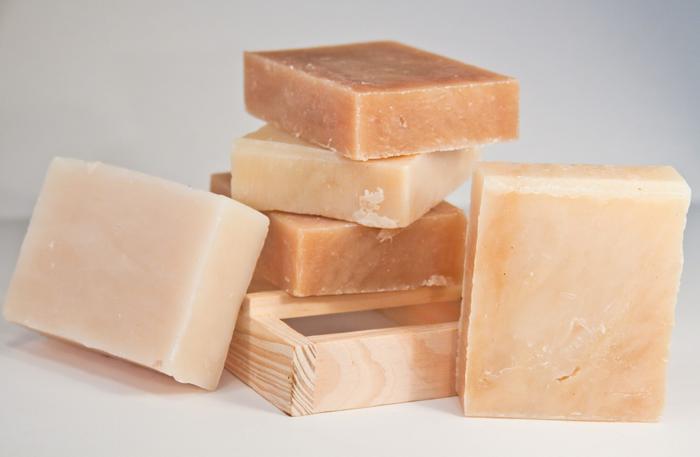GST revamp: Know the highlights of the GST Council meeting

The Indian government has revamped the Goods and Services Tax (GST) structure with major reforms.
The 56th GST Council meeting introduced a new highest-ever 40% slab targeting sin goods and luxury items.
This move replaces the earlier 28% GST plus Compensation Cess, consolidating the burden under one rate.
Sin goods are items considered harmful to health or society. These include tobacco, gutka, pan masala, sugary drinks, and alcoholic or caffeinated beverages.
By taxing these at higher rates, the government aims to discourage consumption and boost welfare revenue.
Previously, these items attracted 28% GST plus cess. Now, with the Compensation Cess being phased out, the same tax impact is achieved through a direct 40% GST rate.
The 40% slab is a special rate that applies only to a narrow group. It keeps the tax revenue stable post-cess and discourages harmful consumption.
The government believes this will support public health and reduce social harm.
The council scrapped the 12% and 28% slabs. Now, goods mostly fall under 5% or 18%. Everyday items like soaps, toothpaste, shampoos, small cars, TVs, and ACs will now be cheaper under lower rates.
Essential medicines, medical-grade oxygen, and several food items have moved to the 5% slab or are tax-exempt.
These changes aim to simplify the tax system and reduce the burden on consumers while maintaining high tax rates on harmful and luxury goods.
For consumers, the new GST structure brings mixed outcomes. Essential and daily-use products will become more affordable.
The reduction to 5% and 18% on common goods like shampoos, soaps, TVs, and medicines eases household expenses.
However, buyers of luxury cars, high-end motorcycles, yachts, or aerated beverages will now pay more.
The 40% slab significantly raises the cost of these goods, making them less accessible and aligning with the government’s intent to curb excess consumption.
Industries dealing in sin goods may see a decline in demand due to the higher tax burden. Yet, this move supports public health initiatives and strengthens the government’s tax base. The removal of the 12% and 28% slabs simplifies the overall GST framework.
A two-tier structure (5% and 18%), with a special 40% rate, makes compliance easier for businesses and improves transparency. At the same time, the higher rate on sin and luxury goods aligns with global practices.
Many countries adopt higher taxes on tobacco, sugary drinks, and gambling to promote social welfare and fund public services.
This GST overhaul reflects a balanced approach, lower taxes on essentials, and higher taxes on harmful and luxury items.
With the cess being removed, the 40% slab ensures that tax collection remains steady without overcomplicating the structure.
While luxury consumers and sin goods industries face higher costs, most citizens will benefit from reduced tax rates on everyday goods.
The reforms are a major step toward a cleaner, fairer, and more effective tax regime in India.
Image from Pxhere (Free for commercial use / CC0 Public Domain)
Image Published on January 31, 2017
Image Reference: https://pxhere.com/en/photo/588469









